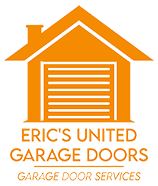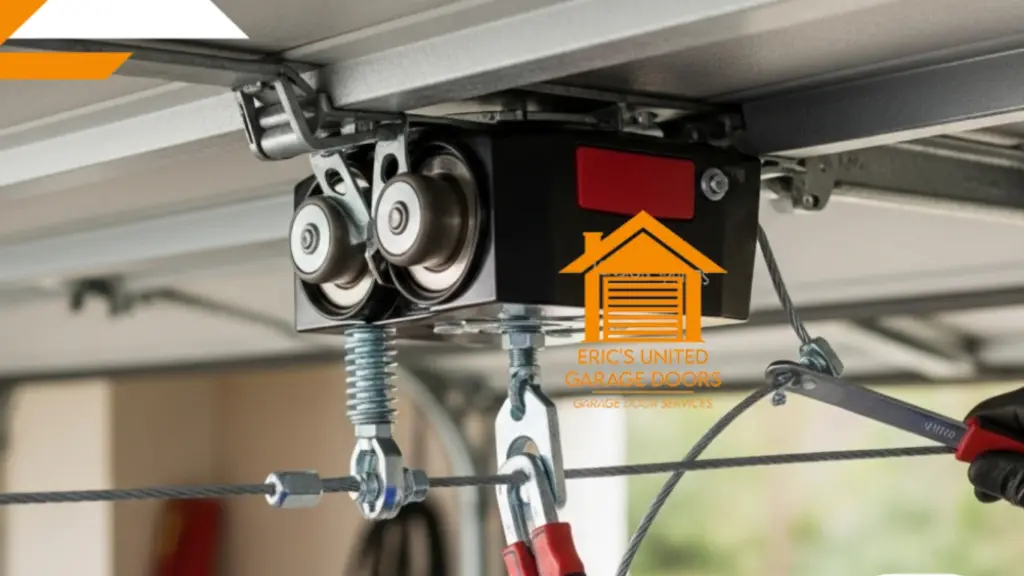Sensor alignment plays a crucial role in how garage doors operate safely and efficiently. Whether managing a busy commercial property or scheduling residential garage door repairs, the accuracy of these sensors determines how reliably the system responds to movement or obstructions. When misaligned, safety sensors may trigger false alerts or fail entirely, leading to potential damage or injury. Vibration-based calibration is emerging as a precise, data-driven method to ensure sensor alignment is accurate and sustainable over time.
Understanding the Role of Sensor Alignment
Garage door sensors are designed to detect motion, pressure, or obstacles during operation. If misalignment occurs, the system might interpret false readings, causing the door to halt or reverse unexpectedly. This issue is particularly common in high-traffic areas like commercial warehouses, where constant use puts sensors under regular stress. For those searching “garage door repair near me,” misaligned sensors are often a hidden source of inconsistent performance. Ensuring proper calibration is key to keeping doors responsive and safe.
The Benefits of Vibration-Based Calibration
Traditional alignment techniques rely heavily on visual estimation or trial-and-error testing. Vibration-based calibration introduces a smarter, more measurable solution. By analyzing the mechanical vibrations generated during door operation, technicians can detect deviations in motion caused by misaligned sensors or mechanical resistance. Subtle shifts in vibration frequency and amplitude reveal areas of imbalance that would otherwise go unnoticed. This method is especially valuable in humid environments like Dania Beach or Fort Lauderdale, where salt and moisture can gradually affect sensor hardware.
Commercial Applications and System Optimization
For businesses that depend on commercial garage door repair service, precision is more than a preference—it’s a necessity. In logistics, retail, or manufacturing spaces, a malfunctioning door due to sensor issues can delay shipments or compromise building security. Using vibration data to calibrate sensors allows maintenance teams to catch small discrepancies before they become functional problems. This proactive approach minimizes downtime, supports routine inspections, and aligns with the demands of large-scale operations.
Extending Performance in Residential Settings
Homeowners often overlook the importance of proper sensor alignment during routine residential garage door repairs. However, slight misalignments may increase wear on the motor, shorten the door’s lifespan, or reduce overall safety. Vibration-based calibration provides a non-invasive way to fine-tune the system and confirm all components are working in harmony. It ensures that the safety mechanisms trigger precisely when needed and helps avoid the frustration of unpredictable door behavior.
By integrating vibration analysis into sensor calibration, property owners gain access to a new level of precision and predictability. This technique supports both safety and longevity, offering clear benefits for homeowners and commercial facility managers alike. As garage door systems evolve with smarter technology, so too must the tools used to maintain and
optimize them—ensuring every component, from sensor to spring, performs exactly as it should.
Read more:
Integrating Vibration Insights into Garage Door Repair Tune-Ups
Using Vibration Data to Improve Garage Door Repair Cable Fixes

